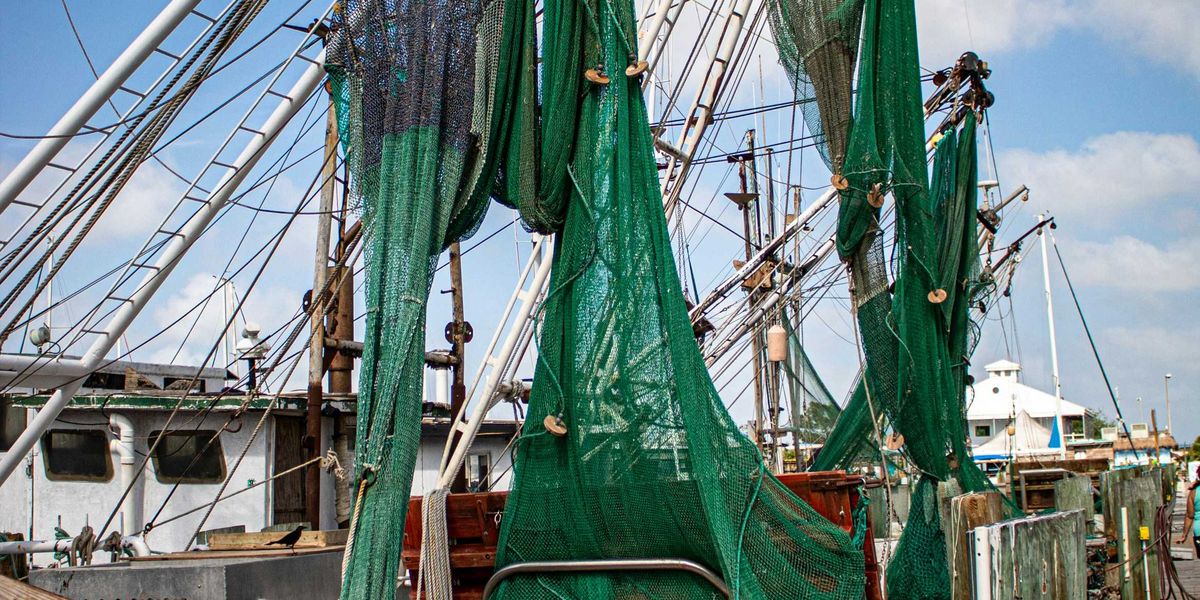economics_debt
Britain’s bond-buying accelerates fall in global borrowing costs.
Britain’s revived programme of mass bond-buying accelerated a fall in global bond yields on Wednesday in the latest sign of how central bank policy has intensified a worldwide collapse in borrowing costs this year.
The Bank of England this month announced a new £70bn asset purchase programme designed to address fears of an economic slowdown after Britain voted to leave the EU, joining the European Central Bank and Bank of Japan to become the third major central bank engaged in quantitative easing.
The speed and extent of market reaction to the BoE’s monetary easing programme indicated a change among investors who previously doubted the ability of central banks to further suppress bond yields, said Steven Major, head of fixed income research at HSBC.
“The Bank has made it clear that the next move is lower rates and possibly more QE — if they can find the bonds to buy — which is why this new round of easing is having an influence on everything in markets. It has shifted expectations towards further easing in Europe and away from a rate rise in the US.”
Demand for UK bonds meant yields on two short-dated gilts due in March 2019 and March 2020 briefly traded in negative territory on Wednesday while interest rates across all other maturities fell to fresh lows.
UK’s benchmark 10-year borrowing rate fell to an all-time low of 0.51 per cent on Wednesday as the BoE successfully completed its third day of QE after failing to buy £1.17bn of long-dated paper on Tuesday.
Rates on long-dated 30-year gilts fell to 1.26 per cent for the first time as investors bet that the central bank would be forced to pay sharply higher prices for the debt in order to meet its purchase targets as pension funds and insurance companies prove reluctant to sell.
In global markets, yields on 10-year bonds issued by Spain and Ireland set new record lows of 0.9 per cent and 0.33 per cent respectively. Investor demand for the sale of new 10-year US Treasury notes was strong on Wednesday and the yield for the current benchmark fell 3 basis points to 1.51 per cent. China’s benchmark bond yield fell below 2.7 per cent, the lowest since the global financial crisis.
FT Explainer: BoE bond buying hits turbulence
Holders of long-dated gilts resist selling, and rally in short-dated paper takes yields negative
The moves marked a sharp reversal in sentiment from just six months ago, when many investors had begun to doubt the potency of central bank policies following the BoJ’s adoption of negative interest rates after more than a decade of other measures failed to stimulate inflation.
“This reaction is striking when you consider that we are only on day three of a six-month QE programme in the UK,” said Mike Amey, portfolio manager at Pimco, one of the world’s largest investors, which expects to see further rate interest rate cuts in the UK.
BoE governor Mark Carney has explicitly stated that negative interest rates — which put pressure on bank profits — are not an option but policymakers have left the door open to a further interest rate cut.
As China's economy slows, Beijing's growth push loses punch.
High debt and a glut of unneeded factories are hindering the government’s usual method of using spending and lending to create more activity.
By NEIL GOUGH and OWEN GUOJULY 15, 2016
Continue reading the main storyShare This Page
Share
Tweet
More
Save
Photo
The construction site for a coal-fired power plant in Leizhou, China. It is among projects approved by the government as part of a push for economic revival. Credit Lam Yik Fei for The New York Times
LEIZHOU, China — Mo Ping for years made his living by tending the mango and jujube trees that he grew on less than an acre on this tip of land in the far south of China.
Then last year Mr. Mo and others in his village near the city of Leizhou received what they considered a lowball offer to sell their land to make way for a $1.5 billion coal-fired power plant. Most rejected it, but the local government sent in bulldozers anyway.
“There were several hundred police on the scene, and they wouldn’t allow us to get anywhere near the farm,” said Mr. Mo, a 51-year-old with dirt caked under his close-trimmed fingernails. “My heart ached and I cried because I was really upset.”
The coal plant is part of a huge and expensive government push to reinvigorate the Chinese economy. Officials have fast-tracked the plant in recent months along with scores of bridges, railways, factories and other construction projects to counter an economic slowdown. China on Friday reported that its economy grew 6.7 percent in the quarter ended in June compared with a year ago, a level that matches the slowest pace since the global financial crisis.
Such revival efforts have worked before. Seven years ago, in the aftermath of the financial crisis, China unleashed a lending-and-spending binge that spared the country the painful recessions that struck the United States and Europe.
But times have changed, economists say. With China’s debt levels mounting and its industries plagued with unneeded factories, China’s traditional tactics don’t pack the same punch.
Photo
Mo Ping, a mango and jujube farmer who says he was offered too little for his land, which was taken anyway to make way for the Leizhou power plant. Credit Lam Yik Fei for The New York Times
Instead of new growth, “we’re going to continue to see a rise in debt levels, and credit not really having the impact that it could to support the economy,” said Julian Evans-Pritchard, China economist at Capital Economics.
Continue reading the main story
RELATED COVERAGE
What China’s Economic Growth Figures Mean JULY 14, 2016
As China’s Growth Slows, Banks Feel the Strain of Bad Debt APRIL 15, 2016
Statistics From China Say Coal Consumption Continues to Drop MARCH 2, 2016
Toxic Loans Around the World Weigh on Global Growth FEB. 3, 2016
FROM OUR ADVERTISERS
Late last year, as China’s economy slowed, officials ramped up project approvals to stir up more economic activity. At the same time, the country unleashed a lending spree through its state-controlled banks. Credit in China is now growing four times as fast as the broader economy, estimates George Magnus, an associate at the China Center at Oxford University and a senior adviser at UBS, the Swiss bank.
But thanks in part to the post-crisis stimulus effort, China’s corporate debt now amounts to 160 percent of its economic output and is growing fast, according to a recent International Monetary Fund report. With so much debt on their books, Chinese companies are less able to spend on new projects, even with generous government aid, because they face large outlays for interest costs.
After the financial crisis, as now, a lot of the government money went into areas where China already has too many idle or underused factories, like steel, manufacturing and coal-fired power plants. “Credit creation is driving a rising misallocation of resources,” Mr. Magnus said.
The Leizhou plant is one of scores of new coal-fired plants being built across China, representing about 200 gigawatts of generating capacity, according to estimates from Greenpeace, or about twice the total capacity of Britain.
Coal-fired power plants, in particular, look increasingly unnecessary. Last year, China’s coal plants — which generally aim to operate an average of about 5,500 hours per year — operated at an average of about 4,300 hours, according to Alvin Cheng and Jenny Huang, energy analysts at Fitch Ratings. Fitch expects average use to fall to fewer than 3,600 hours by next year.
Beijing, worried about waste and the country’s pernicious pollution problems, in April published guidelines that would halt approvals for new coal-fired plants in many areas of the country. But that ban would not apply to projects already under construction, like the plant in Leizhou.
Photo
Construction work for the Leizhou plant. Critics say the country already has too many power plants. Credit Lam Yik Fei for The New York Times
“There’s so much overcapacity, there is no point in building a plant like this,” Lin Boqiang, an energy expert at Xiamen University, said in a telephone interview. “This would be a waste of investment,” he added. “It’s as simple as this.”
Built by an arm of the state-run company China Datang Corporation, the Leizhou plant will be able to produce up to 2 gigawatts of power — more than the total coal-fired power generation capacity installed in the state of New York.
Datang had been trying to build the plant for a decade but started construction in earnest only in December, after receiving final approval around the time that many other infrastructure projects around China were getting the green light or expedited. Officials said antipollution equipment will make it a “near zero emission” plant that will be “internationally advanced.”
It will also, they say, help the local economy. The plant will “kick off a big industry era locally,” said Liu Xiaohua, a local Communist Party secretary, at a ceremony in December. (Mr. Liu has since committed suicide, according to Chinese state media. There is no evidence that his suicide was connected to the plant or his work in Zhanjiang, which includes Leizhou in its jurisdiction.)
Local officials and Datang executives did not respond to requests for comment.
Leizhou is one of the poorer places in Guangdong Province, according to official data. Industry is scant here, although the province includes one of China’s main manufacturing hubs. In Leizhou’s main urban area, giant billboards tower over street intersections warning against the dangers of taking drugs — locals say methamphetamine and ketamine are most common.
Mr. Mo is one of hundreds of villagers who say their livelihoods and the local environment are at risk. For generations, people in villages here along the coast of the Gulf of Tonkin have lived off the land and the sea, farming, fishing and processing sea salt. The ample summer rains and subtropical climate lend themselves to growing fruit.
Some residents are skeptical that the plant will bring jobs for locals, saying that most likely it will import workers from other areas.
Photo
Villagers affected by the building of the Leizhou power plant. Many locals have protested against land seizures. Credit Lam Yik Fei for The New York Times
“The project brings us no benefits, and we have no compensation,” said Zhou Shu, 35, a fisherman who was playing cards with friends in the shade of a tree near a village store on a recent afternoon.
They worry instead that related construction along the coastline could destroy their livelihoods. “We live by the sea, so we depend on it to make a living,” he said.
The big worry for many is pollution. “We don’t have a lot of land to farm in our village,” said Liang Zhuang, a fisherman from Gangcai whose family has been making a living from the sea here for generations. “So if there’s pollution in the sea, we will lose the main safeguard of our livelihood.”
The land seizures began two years ago after a number of farmers declined buyout offers. The money local officials offered to Mr. Mo, the onetime mango and jujube farmer, who made about $1,500 a year selling the fruit he grew, was less than half what Chinese law requires for official land purchases.
On a recent steamy afternoon, with a rooster crowing in his backyard, Mr. Mo showed a petition against the land seizures that was signed by around 400 villagers, who included their thumbprints in red ink on the reams of sweat-stained paper. Mr. Mo figures that maybe only a third of villagers who lost their land had agreed to the compensation offer.
Others protested. When Mr. Mo’s wife joined thousands of other villagers in a protest last year against the plant, she was beaten by the police with electric batons, he said. His wife pointed to her back to show where the batons fell.
Mr. Mo said that he plans to travel to Beijing, some 1,500 miles away, to petition national authorities if he cannot get satisfactory compensation. Other than that, he said, he has few options.
“Sometimes it’s pointless for us to fight government attempts to take our land,” Mr. Mo said. “They will put us in jail. We’re afraid.”
Cao Li contributed research from Beijing.









